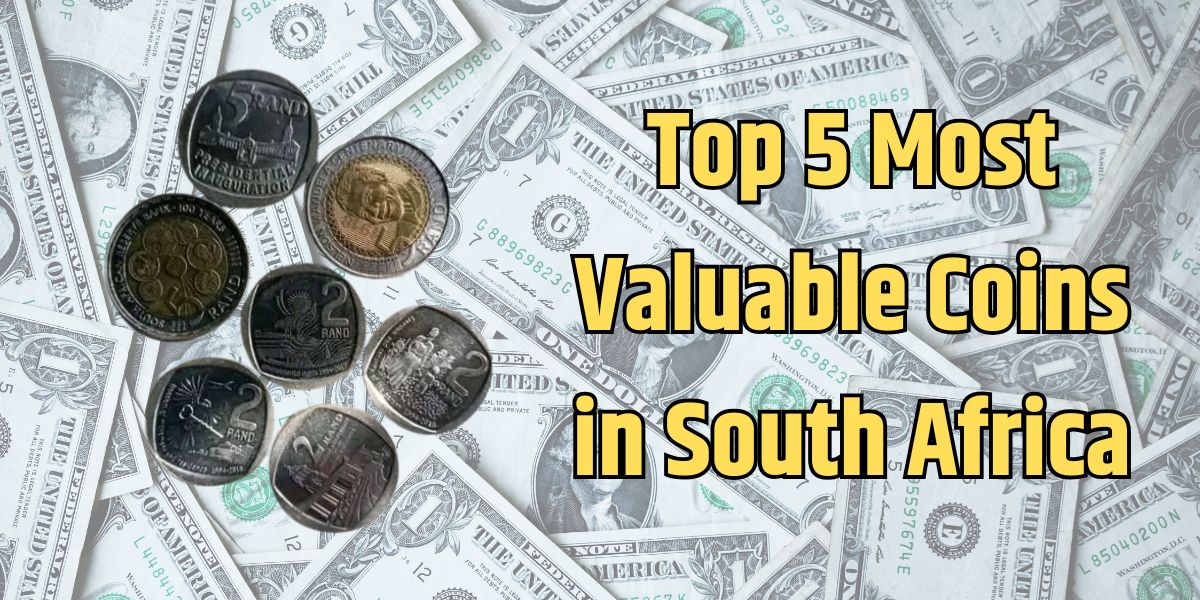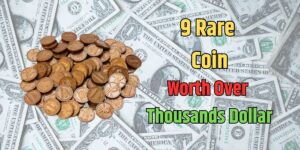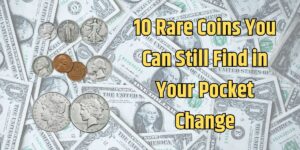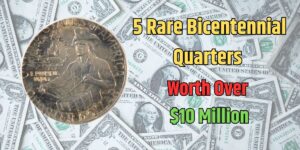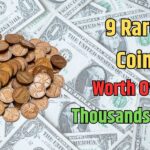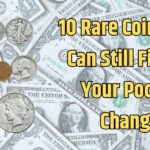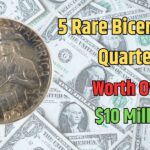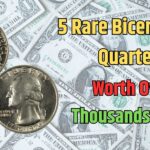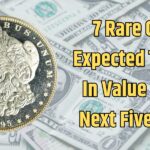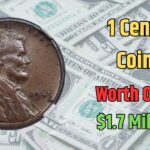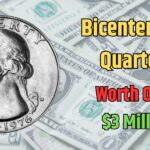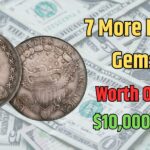South Africa’s numismatic history is a treasure trove of cultural and historical artifacts, with certain coins gaining significant value over time. These coins aren’t just currency—they symbolize pivotal moments in South Africa’s journey, reflecting leadership, resilience, and innovation. Below, we explore the five most valuable South African coins, delving into their historical significance, rarity, and current market value.
The Five Most Valuable South African Coins
| Coin Name | Year | Value (Approx.) | Notable Features |
|---|---|---|---|
| Single 9 Pond | 1898 | R15 million | Only one minted; symbol of independence struggle |
| Kruger Double Nine Ponds | 1899 | R1.5 million each | 130 minted; tied to ZAR sovereignty |
| Burgers Pond Coarse Beard | 1874 | R1 million | Unique production error; 142 minted |
| Sammy Marks Tickey | 1898 | R750,000 | 215 minted; tribute to industrialist Sammy Marks |
| Mandela 90th Birthday Coin | 2008 | R150,000 | Celebrates Mandela’s legacy; highly collectible |
1. Single 9 Pond (1898)

The Single 9 Pond is the crown jewel of South African coins, representing both political defiance and rarity.
- Historical Context: Minted during the South African War, this coin symbolized the South African Republic’s (ZAR) resistance against British control.
- Design: The coin features a stamped “9” to denote the year 1899.
- Rarity: Only one coin was minted, making it the rarest South African coin.
- Value: Estimated at R15 million, it holds unparalleled significance in the numismatic world.
The Single 9 Pond’s backstory adds to its value, as it was created after plans to mint coins in Germany were obstructed by British forces.
2. Kruger Double Nine Ponds (1899)

Following the Single 9 Pond, the Kruger Double Nine Ponds continued to reflect the ZAR’s sovereignty.
- Historical Importance: These coins were minted during the presidency of Paul Kruger, a key figure in South Africa’s history.
- Production Details: Only 130 coins were produced.
- Significance: They symbolize South Africa’s fight for independence during the late 19th century.
- Value: Each coin is valued at approximately R1.5 million.
The Kruger Double Nine Ponds are prized for their historical association with the ZAR and their extreme rarity.
3. Burgers Pond Coarse Beard (1874)

The Burgers Pond Coarse Beard is a fascinating piece, known for its unique production history.
- Historical Context: Issued under President Thomas Francois Burgers, these coins were among the earliest attempts at establishing a local currency.
- Production Anomaly: A minting error caused the president’s beard to appear coarse, distinguishing these coins from others.
- Rarity: Only 142 coins were minted with this design.
- Value: Currently valued at R1 million.
The Coarse Beard variation remains a collector’s favorite due to its production defect and historical relevance.
4. Sammy Marks Tickey (1898)

The Sammy Marks Tickey is a tribute to the contributions of businessman and industrialist Sammy Marks.
- Historical Importance: Sammy Marks was granted permission by President Paul Kruger to mint these coins as a token of appreciation.
- Limited Production: Only 215 coins were made.
- Design: The coin is a small silver piece, highlighting Marks’ influence in South Africa’s industrial development.
- Value: Worth approximately R750,000 today.
Though small in size, the Sammy Marks Tickey carries immense historical weight as a symbol of South Africa’s economic growth.
5. Mandela 90th Birthday Coin (2008)

The Mandela 90th Birthday Coin celebrates the life and legacy of Nelson Mandela, South Africa’s most iconic leader.
- Popularity: With 22 million coins minted, this coin is more accessible but highly sought after due to its association with Mandela.
- Value Growth: Despite the large mintage, the coin’s symbolic significance has made it a collector’s item, now valued at R150,000.
- Emotional Connection: It represents Mandela’s global influence and the celebration of his 90th birthday.
This coin embodies the respect and admiration Mandela garnered worldwide, making it a treasured piece for collectors.
Why These Coins Are So Valuable
1. Rarity
The scarcity of these coins elevates their worth, with limited production or unique anomalies like the Single 9 Pond and Burgers Pond Coarse Beard.
2. Historical Significance
Each coin ties directly to key events or figures in South Africa’s history, such as the fight for independence or Nelson Mandela’s leadership.
3. Craftsmanship
These coins boast intricate designs and high-quality production, further enhancing their collectible value.
Tips for Collectors and Investors
- Verify Authenticity: Always consult reputable numismatic experts or certification agencies to authenticate rare coins.
- Understand the Market: Research historical and current trends in coin values to make informed investment decisions.
- Preserve Coins Properly: Store coins in protective cases to prevent damage and maintain their value.
- Stay Informed: Follow updates on auctions and numismatic events to discover new opportunities.
South Africa’s rare coins are not just monetary assets; they are priceless artifacts that capture the nation’s history and spirit. Whether you’re a seasoned collector or a curious enthusiast, these coins offer a glimpse into South Africa’s cultural heritage while serving as valuable investments. From the Single 9 Pond to the Mandela 90th Birthday Coin, each piece is a testament to South Africa’s journey through the ages.
FAQs
What is the most valuable South African coin?
The Single 9 Pond (1898) is the most valuable, with an estimated worth of R15 million.
How can I verify the authenticity of a rare coin?
Consult numismatic experts or use professional grading services to authenticate rare coins.
Are Mandela coins still valuable despite their large mintage?
Yes, Mandela coins are highly sought after due to their symbolic connection to Nelson Mandela’s legacy.
What makes the Burgers Pond Coarse Beard unique?
Its production error, featuring a coarse beard on President Burgers’ image, makes it rare and valuable.
Can I invest in rare South African coins?
Yes, investing in rare coins can be profitable, but it requires research, verification, and market understanding.
